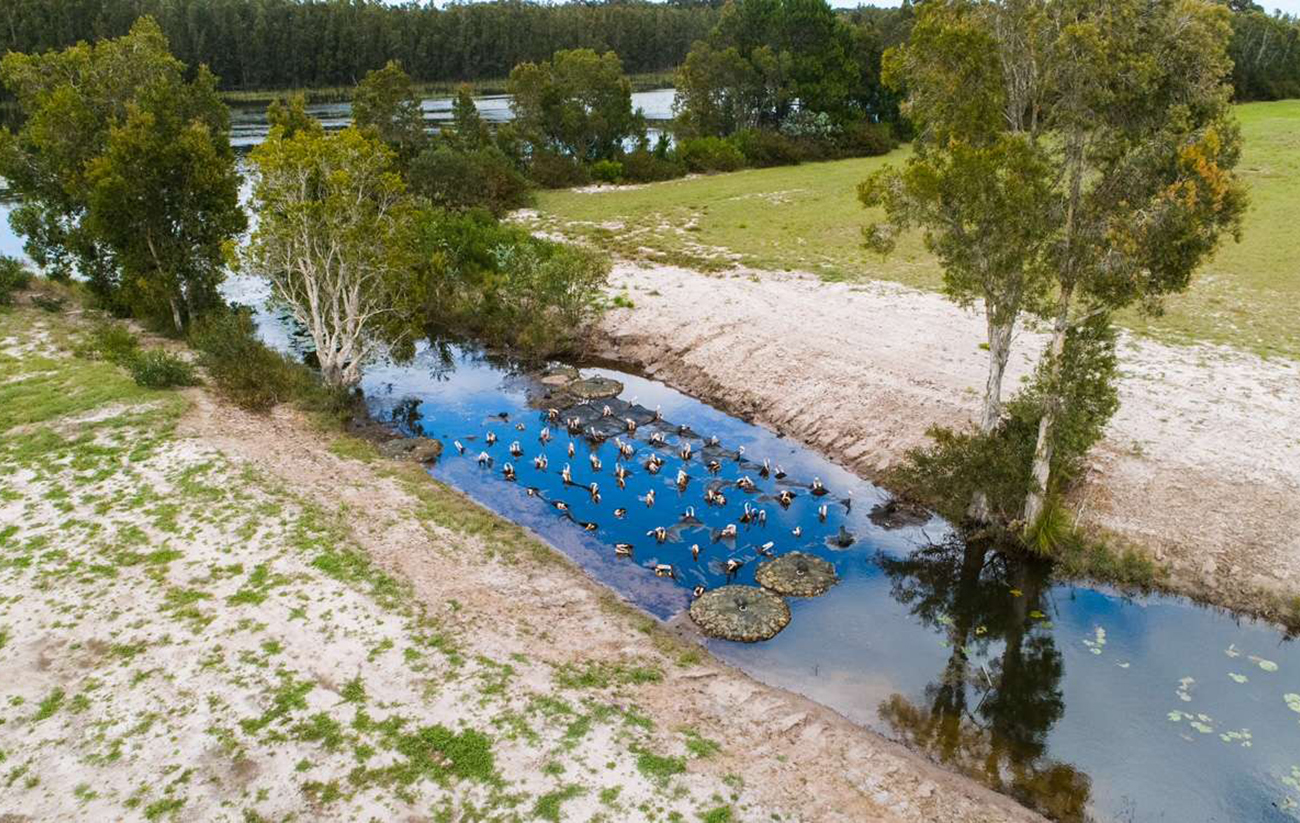
How Passive Barriers Improve Filtration
Water filtration is a critical component of environmental conservation and industrial processes. Passive barrier systems are revolutionizing this space with their innovative approach to removing contaminants and improving water quality without relying on active mechanical components. Here’s a closer look at how passive barriers improve filtration and why they are a sustainable solution for water management.
What Are Passive Barrier Systems?
Passive barrier systems are stationary filtration setups that treat contaminated water as it flows through a designated medium. These systems are designed to target specific pollutants like PFAS (per- and polyfluoroalkyl substances), hydrocarbons, and heavy metals, ensuring cleaner water for industrial, municipal, and environmental applications. Unlike active systems that rely on pumps or machinery, passive barriers operate through natural water flow, making them highly energy-efficient and cost-effective.Key Features of Passive Barrier Systems :
- High-Performance Filtration Media: Passive barriers often utilize advanced materials like granular activated carbon (GAC) to trap and neutralize contaminants. These media are highly effective in removing harmful substances from groundwater, stormwater, and industrial effluents.
- Scalable and Adaptable: These systems can be tailored to fit various project sizes and contamination levels. Whether treating a small industrial site or a large municipal water supply, passive barriers are versatile enough to meet diverse requirements.
- Low Maintenance: With no moving parts, passive barrier systems require minimal upkeep, reducing operational costs over time. The system’s simplicity ensures longevity and reliability in challenging environments.
- Eco-Friendly Design: By leveraging natural processes, passive barriers minimize energy consumption and environmental impact. They align perfectly with sustainability goals in water management.
Applications of Passive Barrier Systems
-
- Groundwater Remediation: Passive barriers are widely used to treat contaminated groundwater, removing pollutants like PFAS and ensuring compliance with environmental standards.
- Stormwater Management: These systems help filter runoff from urban areas, preventing contaminants from entering rivers, lakes, and oceans.
- Industrial Effluent Treatment: Factories and industrial plants use passive barriers to remove heavy metals, hydrocarbons, and other harmful substances from wastewater before discharge.
- Landfill Leachate Control: Passive barriers are effective in treating leachate from landfills, reducing the risk of pollutants seeping into surrounding soil and water bodies.
Benefits of Passive Barrier Systems
-
- Efficiency: Removes over 95% of contaminants like PFAS in tested applications.
- Cost-Effective: Requires no energy input or complex machinery.
- Sustainability: Reduces environmental impact through minimal energy use and natural filtration processes.
- Customizable: Designed to meet specific site and project requirements.
Conclusion
Passive barrier systems are setting new benchmarks in water filtration by combining efficiency, adaptability, and sustainability. Their ability to treat contaminated water naturally and cost-effectively makes them a valuable tool for industries and municipalities aiming to improve water quality and protect the environment.
If you’re looking for an advanced water filtration solution, contact Project Material today to explore how our Passive Barrier Systems can meet your project needs effectively!


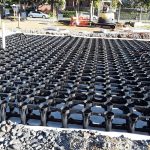
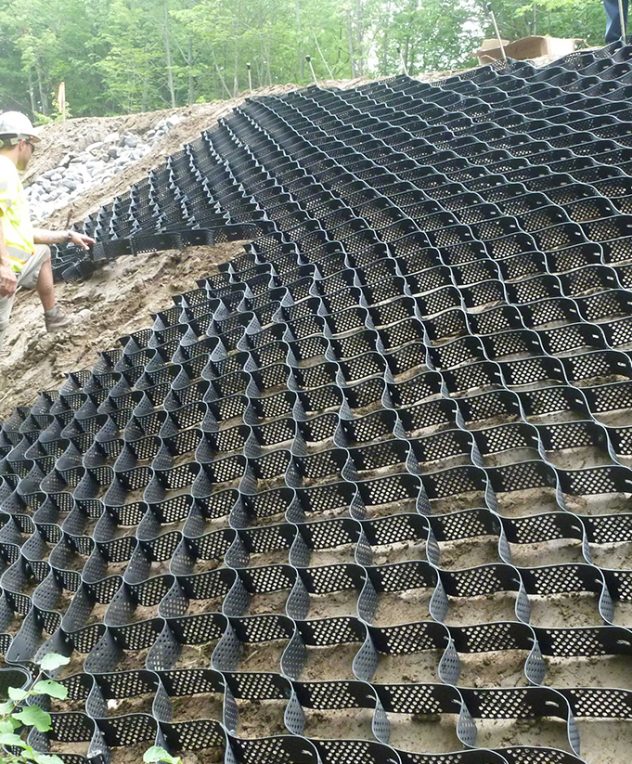
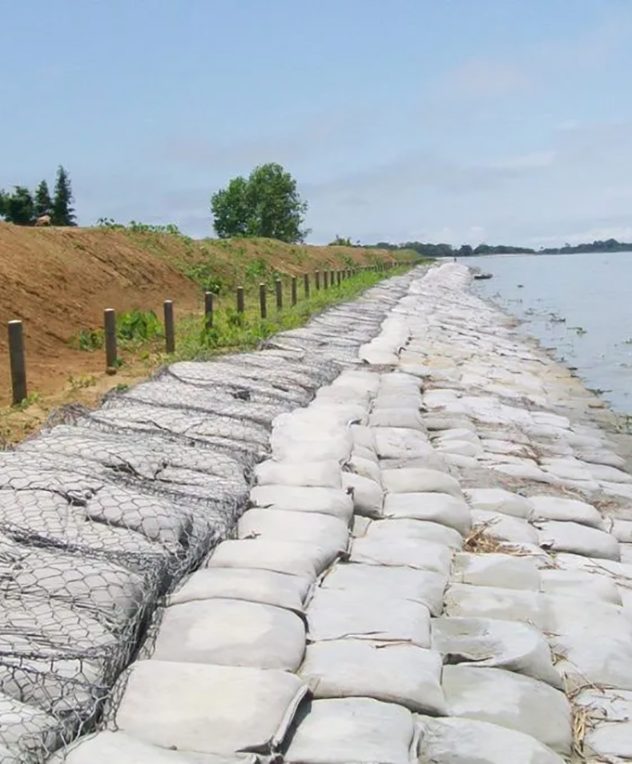
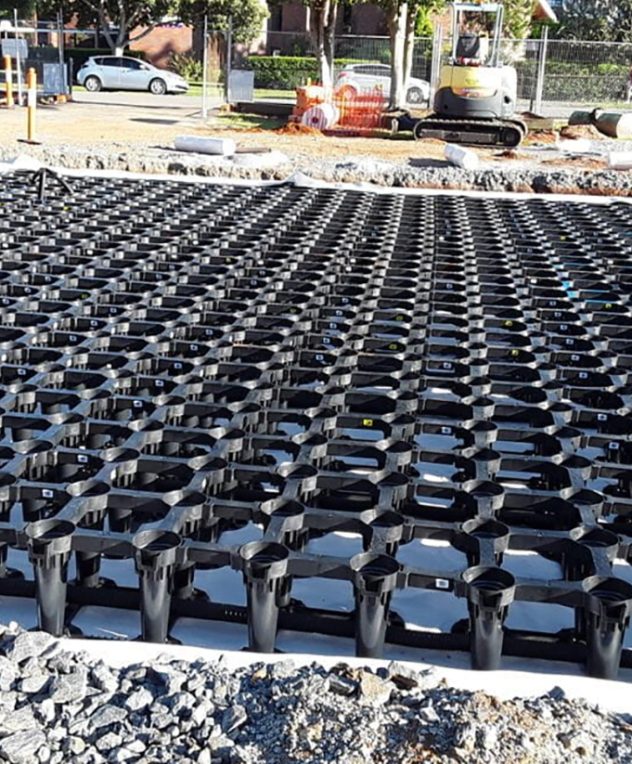
Leave a Reply